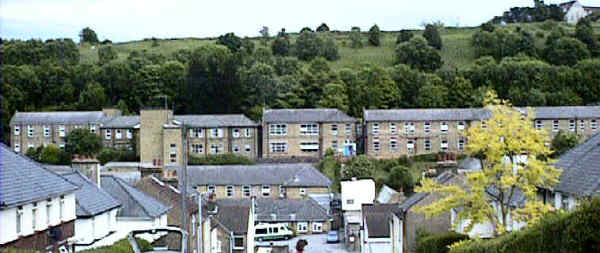| Dover Index |
Buckland and the Union Workhouse |
|
|
The Dover Union was the first building in the area known as Buckland
Bottom - the wide hollow between Chapel Mount and Bunker's Hill.
|
|
The Workhouse was a last resort for most people and was designed to be a
deterrent rather than a refuge.
For more pictures and information about Dover Workhouse, and other workhouses throughout the country, see http://www.workhouses.org.uk/, maintained by Peter Higginbotham. |
|
|
|
|
|
For pictures and information about Buckland Church, follow this link |
|
| The construction of the railway embankment across Buckland Bottom in 1859, with the two bridges over St Radigund's Road and Union Road, greatly altered the appearance of the valley. The narrow roadways under the bridges are an indication of the small volume of traffic that was expected to use the roads. Traffic lights were installed in Union Road (now Coombe Valley Road) some years ago to control single-lane traffic under the bridge. |
